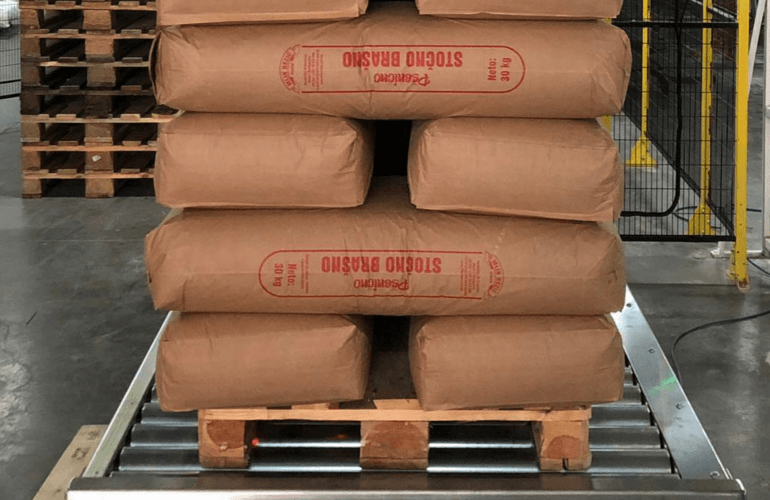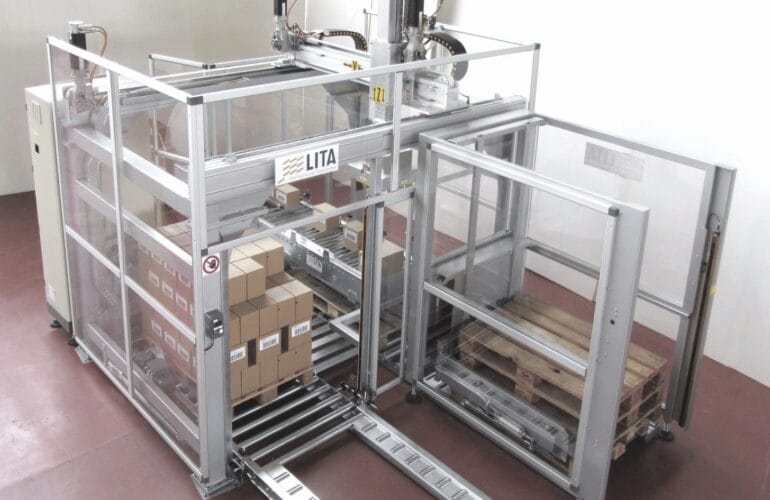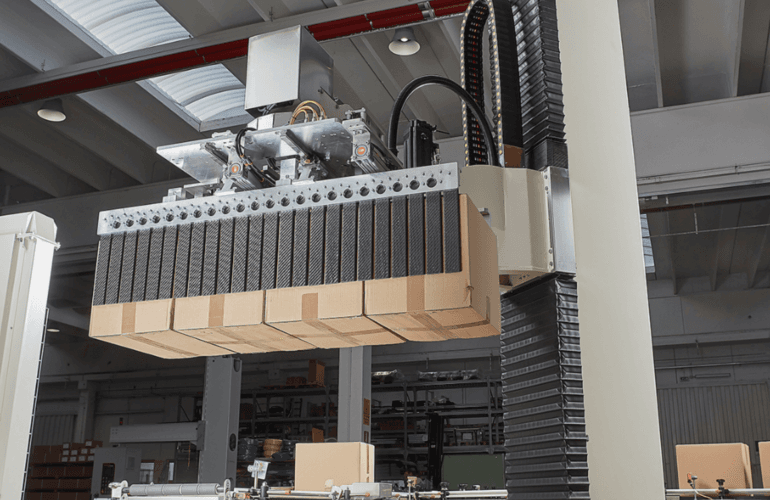We’ve seen the use of robots grow significantly over recent years, as automation has made its way into almost every aspect of modern life. From AI-driven chatbots to automated vehicles, new technologies are evolving fast.
So, as we head into 2023, we look at industry predictions from the world of robotics and consider what these may mean for businesses and manufacturing.
1. Continued growth
The recent IFR World Robotics Report showed that industrial robot installations reached an all-time high in 2021, increasing by 31% over the previous year. And although 2022 saw the start of a global slowdown, all signs are that installations will continue to grow, as businesses recognise how investing in automation can help them face some of their biggest challenges in recent years.
Indeed, the expectation is that organisations in more and more sectors will begin to see how robotics can help them overcome issues such as labour and skills shortages, productivity slumps and rising costs, and embrace automation as a result.
2. Greater interactivity
A specific area of growth for 2023 is predicted to be social robots, machines that are designed to interact with humans and operate in human environments. Driven especially by the health, education and retail sectors, these ‘humanoids’ are increasingly capable of mimicking human behaviour, something that will only continue to improve as the technology advances.
In a similar vein is the move towards cobot installation. Designed to work alongside humans, these perform a similar range of activities to traditional industrial robots, but are smaller and lighter and, as such, pose less risk to safety. Palletisers and sack filling machines are good examples. Their flexibility and versatility means they are a cost-effective option for manufacturing businesses considering automation – a key consideration for 2023 and undoubtedly a contributing factor in their predicted growth.
3. Turnkey solutions
Expect to see more turnkey solutions on offer as manufacturers combine existing technologies to create brand new applications and products. These complete, out-of-the-box solutions will drive innovation forward and make it easier for customers to integrate crucial technologies into their operations. With no limit to the ways in which technologies can be combined, many say it means automation is set to become more sophisticated yet more straightforward to use than ever.
4. Customer-focused
While we’ve talked a lot about robot collaboration, it’s human collaboration that drives innovation, and customers who should be at the heart of product development in 2023 and beyond. The realisation that customers are best placed to advise on their needs and provide feedback is growing and as a result, manufacturers are finding increasing numbers of ways to involve end customers in the development process.
Co-development projects, where manufacturers and customers work together to develop specific solutions, are becoming increasingly common and allow customers to directly influence the product they are buying and deliver feedback that benefits the whole market.
The future
Robotics and automation are quickly becoming an integral part of modern life with advances being made every year. It means as we go into 2023, businesses need to innovate and adapt in order to survive, but with the right strategies in place, they can embrace all this year has in store and remain competitive into the future.




